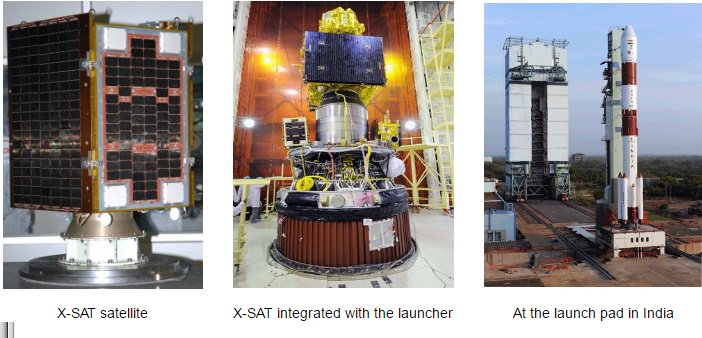NTU has really been making headlines recently.
History was made yesterday when the first Singapore satellite was launched into space from the International Space Station (ISS), instead of typically being launched from a rocket.
This joint project between NTU and Japan’s Kyushu Institute of Technology (Kyutech) is a promising and nascent step for Singapore’s Space industry. Director of Kyutech Laboratory of Spacecraft Environment Interaction Engineering pointed out that this project is “an important milestone in Japan-Singapore inter-university space exploration”. The joint cooperation is part of the long-term goal for future space exploration and a possible “lunar mission using the technologies demonstrated by these two satellites.”
Satellite technology is far from an insignificant field. Professor Fatt, chair of NTU’s School of Electrical and Electronic Engineering, said that satellite technology is a “field that requires strong expertise across several disciplines” (Joint partnership would thus come in handy). The success of the launch is truly a “huge boost to the learning journey of our students” and a ground-breaking step for those seeking careers in the space industry.
The space experiment by Aoba Velox-III would similarly enhance the university’s satellite-building capacity; paving the way for next-generation space projects in Singapore.
About the satellite
Known as the Aoba Velox-III, it is actually the 7th successful satellite launched into space by NTU, developed 4 years ago. It’s a human-made nano-satellite that weighs 2.3kg, measuring 10cm by 10cm by 20cm. The satellite is now orbiting 400km above sea level.
It is used to conduct tests for future space-related efforts: NTU’s micro-propulsion system, Kyutech’s wireless communication system and the durability of commercial off-the-shelf microprocessors in space.
A special feature would be their micro-thrusters installed on the satellite that doubles the flight time of similar satellite to 6 months, kept at a speed of 27,000km/h. These thrusters are significant in the project as its absence will cause the satellites to “gradually lose altitude”.
NTU’s previous space projects
NTU is the first university in Singapore offering satellite programmes for undergrads and postgrads. Since 2009, the university has been developing real satellites and venturing into the real-life application of space technology. They are no amateurs when it comes to satellite and space launches.
Their previous projects include X-Sat, Singapore’s first locally built satellite launched in 2011.
Velox-I was another satellite built by students and research staff members. It entails a novel mechanism that allowed it to hang on the Velox-PIII, a mobile-phone-sized pico-satellite. Both of which were owned by the Indian Space Research Organisation.
Velox-CI was another fridge-sized satellite in-line with the Singapore’s Economic Development Board to analyse climate patterns, launched in 2015. One thing they can monitor with these satellites that remains close to heart would be our haze conditions.
Kyutech and NTU are now working to develop a second joint satellite that might lead to compact and manoeuvrable satellites “being used as space probes in future”.
We’re looking forward to more exciting things to come in Singapore’s space industry!


















